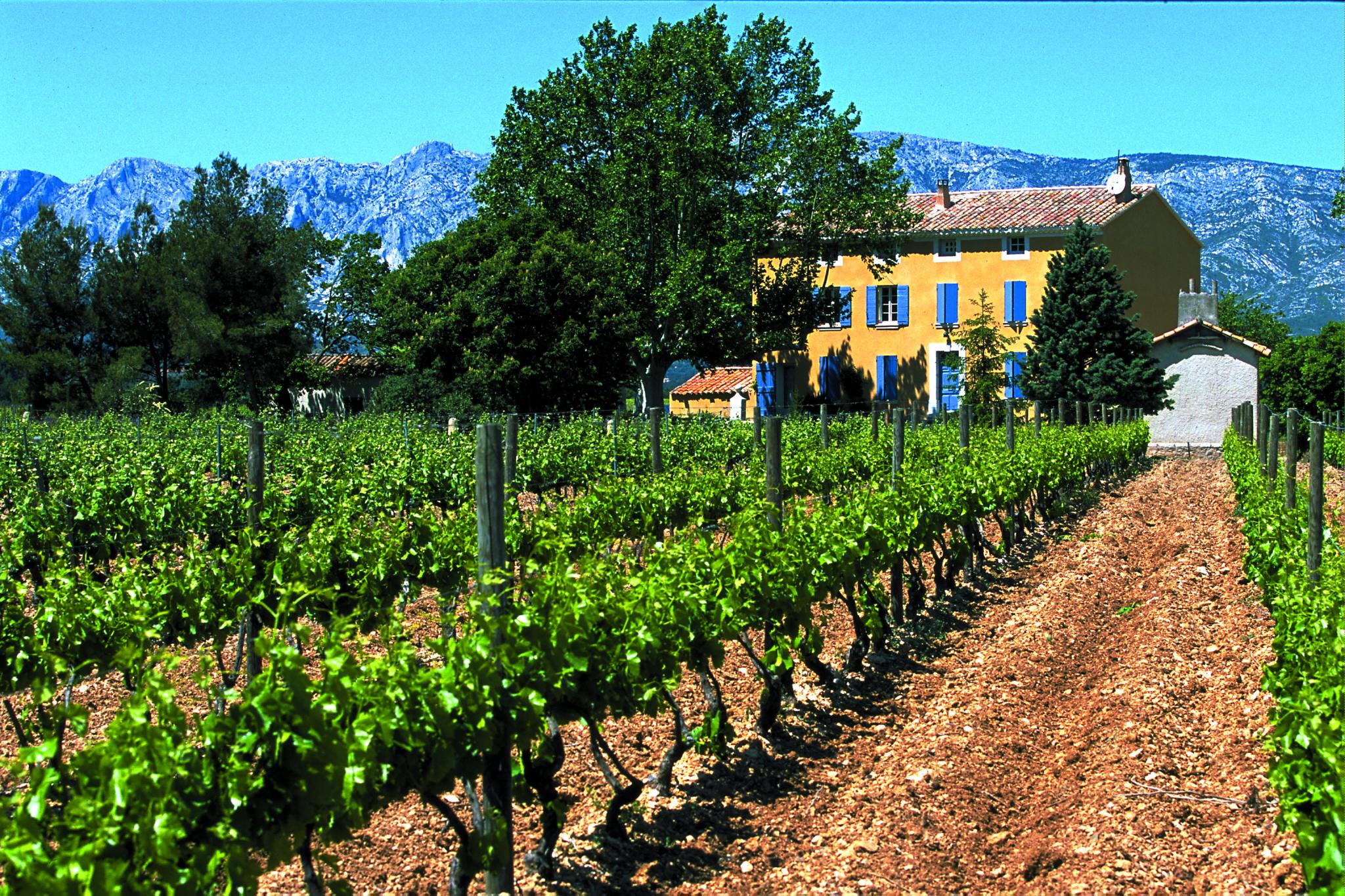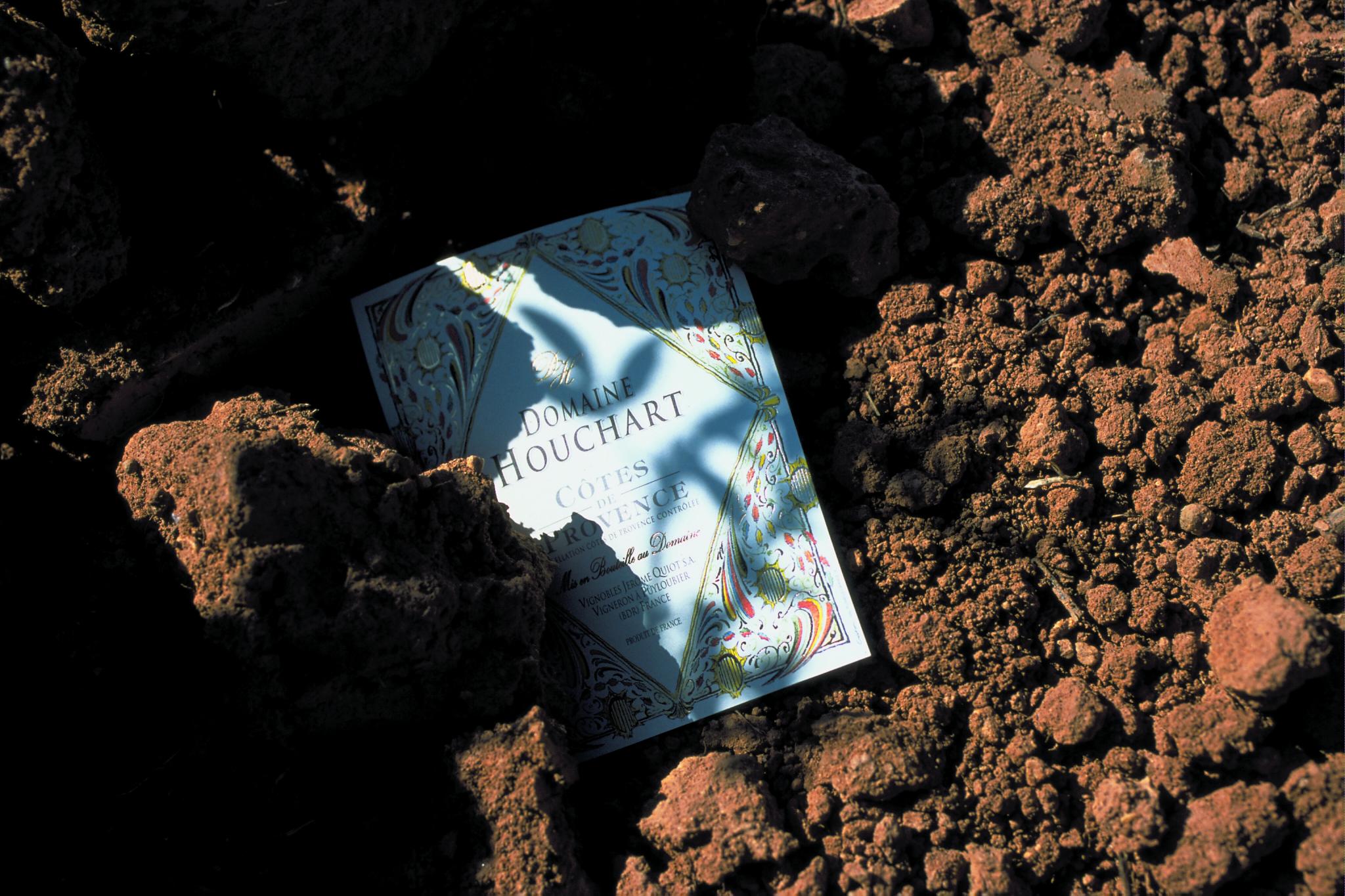Since when ?
In 1890, Aurélien Houchart, wine merchant, expands the agricultural properties and buys the 60ha domaine then planted with vines and almond trees. He rebuilt the vineyards, destroyed by the phylloxera. This domaine will become “Domaine Houchart”. His son, Hilaire, war hero, will devote his life maintaining the family estates and will develop winemaking. He will have two daughters, including Magdeleine, Florence and Jean-Baptiste’s grandmother (the 5th generation) who currently run the domaine.
And before ?
• Roman era : at the heart of a region which is rich in ancient history, the domaine was probably the site of a Gallo-roman "Villa", a stone throw from the "Via Aurélia” grouped around the source of Trépanouille, which still flows over the domaine.
• Invasions in the 4th, 5th and 6th centuries: the sacking of these beautiful houses and the return of our domain to the wild state, covered with forests.
• From the 11th century: the monks of Saint Victor’s Abbey in Marseille started to clear the area. It was probably around this time that the estate was developed in its current form.
And before ?
• Roman era : at the heart of a region which is rich in ancient history, the domaine was probably the site of a Gallo-roman "Villa", a stone throw from the "Via Aurélia” grouped around the source of Trépanouille, which still flows over the domaine.
• Invasions in the 4th, 5th and 6th centuries: the sacking of these beautiful houses and the return of our domain to the wild state, covered with forests.
• From the 11th century: the monks of Saint Victor’s Abbey in Marseille started to clear the area. It was probably around this time that the estate was developed in its current form.
Origin of the name Houchart
This domaine was named in 1984: Geneviève Quiot, Aurélien’s great-grand daughter begins to cultivate the vineyard et gives her grandfather’s name to this domaine which would henceforth be called "Domaine Houchart".
A contrasting terroir at the foot of the Sainte Victoire Mountain
The domaine is located in the heart of the Côtes de Provence appellation and more particularly of the Sainte Victoire boundary.
On the foothills of the Sainte-Victoire Mountain, it is located to the east of the city of Aix-en-Provence (about 30 km), in the Haute Vallée de l'Arc, on the southern side of the Sainte-Victoire Mountain in the plain which stretches to the Olympus and Auréliens mountains.
The soils are poor and well-drained, formed of limestone and clayey sandstone.
The exceptional sunshine and the slightly continental nuances, protected to the south from maritime influences by the Aurelian Mountains and the Sainte-Baume massif, give a very particular and sometimes very contrasting climate.
The action of the mistral is beneficial.
The grapes ripen later there than in the rest of the Côtes de Provence appellation, which gives the wines a characteristic freshness.
On the foothills of the Sainte-Victoire Mountain, it is located to the east of the city of Aix-en-Provence (about 30 km), in the Haute Vallée de l'Arc, on the southern side of the Sainte-Victoire Mountain in the plain which stretches to the Olympus and Auréliens mountains.
The soils are poor and well-drained, formed of limestone and clayey sandstone.
The exceptional sunshine and the slightly continental nuances, protected to the south from maritime influences by the Aurelian Mountains and the Sainte-Baume massif, give a very particular and sometimes very contrasting climate.
The action of the mistral is beneficial.
The grapes ripen later there than in the rest of the Côtes de Provence appellation, which gives the wines a characteristic freshness.
The choice of the 3 colors of Provence
The Domaine Houchart, thanks to it sterroirs, its variety of grape varieties but above all by conviction, produces wines of 3 colors, even if the Rosé wines are more “in fashion” at the moment.
Historically, white and red were produced on the estate. Our historic concrete vats are perfect for beautiful structured reds. Our cellar and our technical equipment allow us to offer different rosés and our white while preserving freshness combined with a real taste!
Rosés have been "trendy" for several years and are considered summer wines. But today, our Rosé wines from Domaine Houchart accompany you all year round. Our vinifications make them elegant and gourmet rosés.
The white and red of Provence products "forgotten", while very traditional are unknown but essential. To discover absolutely.
Historically, white and red were produced on the estate. Our historic concrete vats are perfect for beautiful structured reds. Our cellar and our technical equipment allow us to offer different rosés and our white while preserving freshness combined with a real taste!
Rosés have been "trendy" for several years and are considered summer wines. But today, our Rosé wines from Domaine Houchart accompany you all year round. Our vinifications make them elegant and gourmet rosés.
The white and red of Provence products "forgotten", while very traditional are unknown but essential. To discover absolutely.
Anecdote
Cézanne, the famous painter, in his youth, roamed the countryside with Zola, Baille and Aurélien Houchart. Aurélien’s wife liked Cézanne but not his painting. She would have said to him : "Paul, you can come to the house as often as you wish but don’t bring us your dust traps". A good housewife, Cézanne's post-mortal fame will show that she certainly lacked artistic discernment!
Cézanne’s carriage and a sofa he liked to rest on are still there. A marble plaque in the entrance to the Palette family house recalls his visits.
Cézanne’s carriage and a sofa he liked to rest on are still there. A marble plaque in the entrance to the Palette family house recalls his visits.




